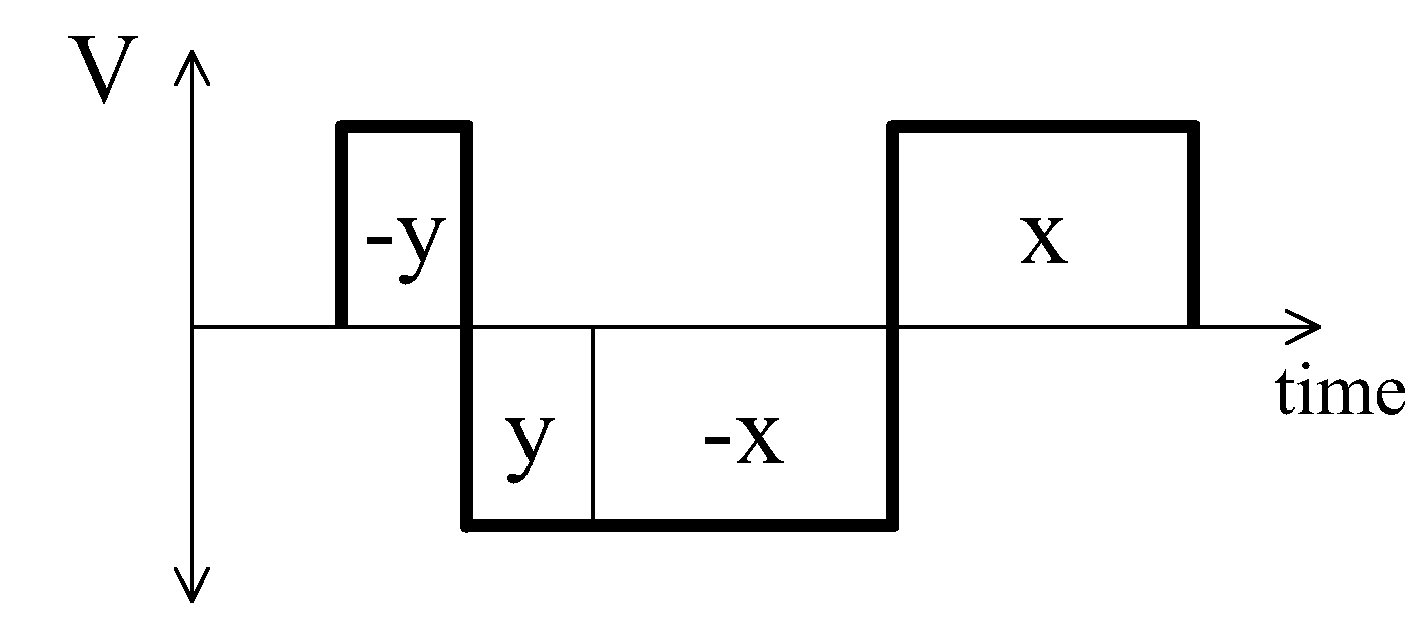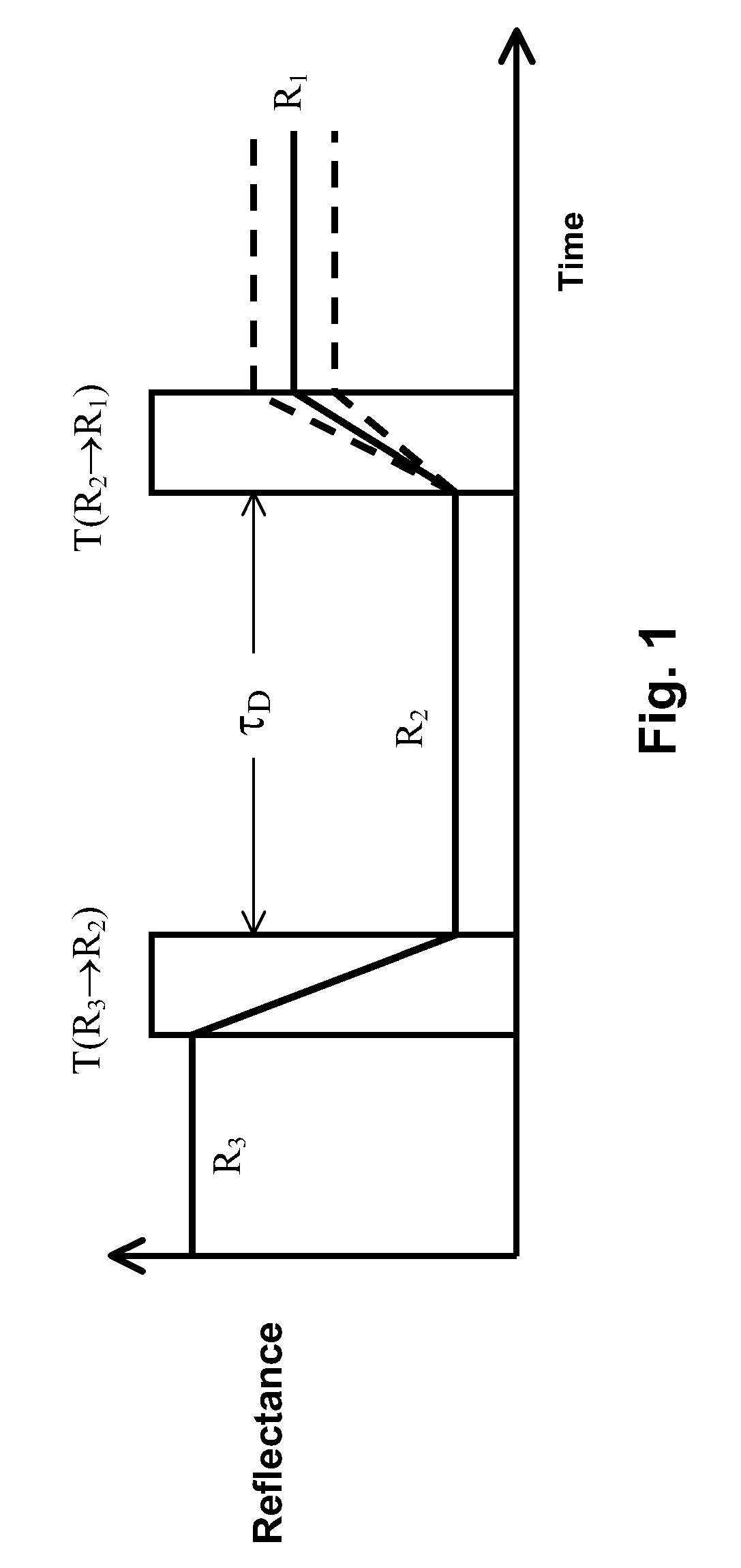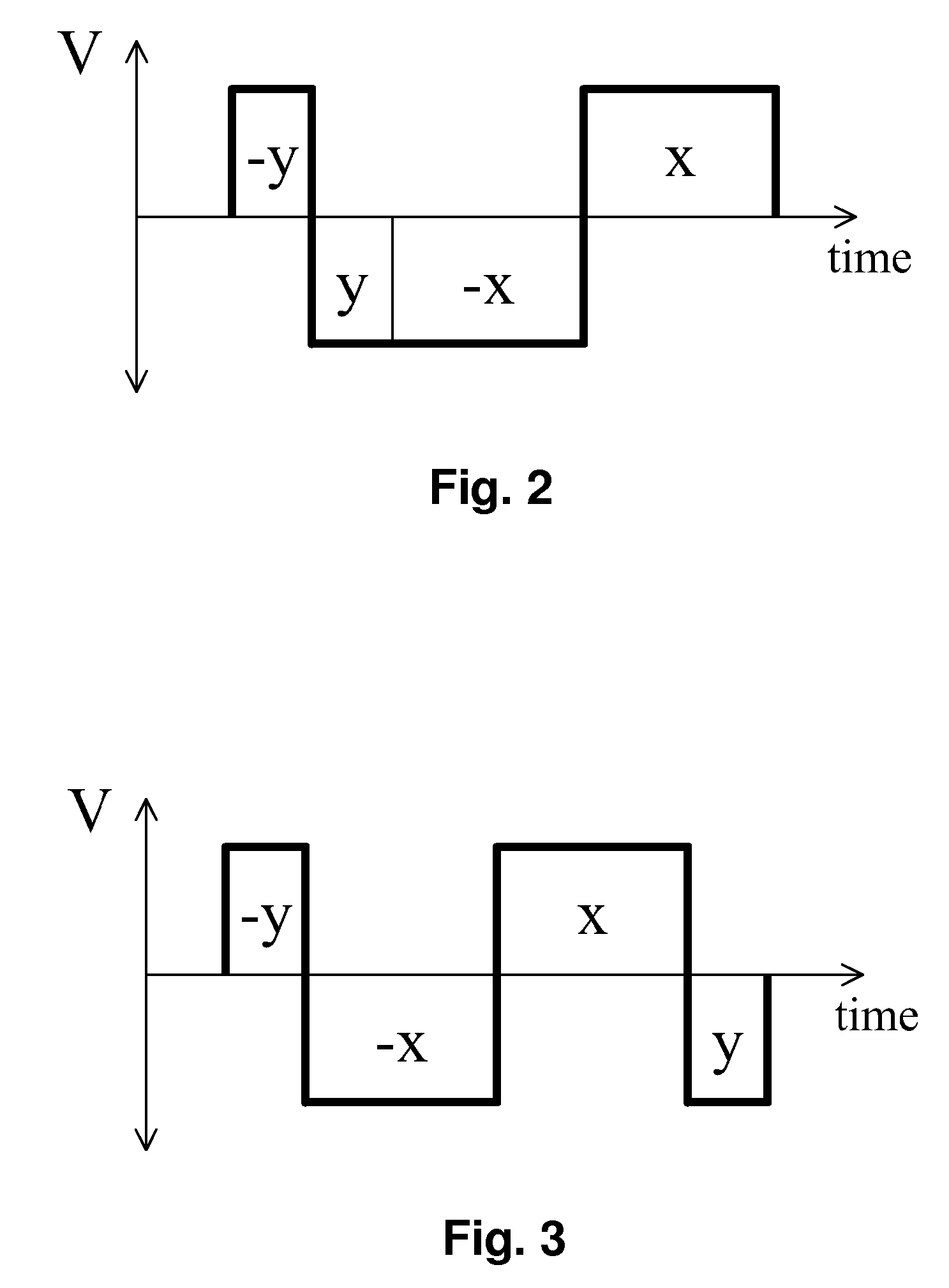Methods for driving bistable electro-optic displays
a technology of electro-optic displays and displays, applied in the direction of non-linear optics, static indicating devices, instruments, etc., can solve the problems of inadequate service life of these displays, preventing their widespread use, and gas-based electrophoretic media being susceptible to the same types of problems
- Summary
- Abstract
- Description
- Claims
- Application Information
AI Technical Summary
Benefits of technology
Problems solved by technology
Method used
Image
Examples
Embodiment Construction
[0051]As already mentioned, the present invention provides various methods for driving bistable electro-optic displays, these methods being intended to reduce dwell time dependence (DTD). Although the invention is in no way limited by any theory as to its origin, DTD appears to be, in large part, caused by remnant electric fields experienced by the electro-optic medium. These remnant electric fields are residues of drive pulses applied to the medium. It is common practice to speak of remnant voltages resulting from applied pulses, and the remnant voltage is simply the scalar potential corresponding to remnant electric fields in the usual manner appropriate to electrostatic theory. These remnant voltages can cause the optical state of a display film to drift with time. They also can change the efficacy of a subsequent drive voltage, thus changing the final optical state achieved after that subsequent pulse. In this manner, the remnant voltage from one transition waveform can cause th...
PUM
| Property | Measurement | Unit |
|---|---|---|
| time | aaaaa | aaaaa |
| time | aaaaa | aaaaa |
| time | aaaaa | aaaaa |
Abstract
Description
Claims
Application Information
 Login to View More
Login to View More - R&D
- Intellectual Property
- Life Sciences
- Materials
- Tech Scout
- Unparalleled Data Quality
- Higher Quality Content
- 60% Fewer Hallucinations
Browse by: Latest US Patents, China's latest patents, Technical Efficacy Thesaurus, Application Domain, Technology Topic, Popular Technical Reports.
© 2025 PatSnap. All rights reserved.Legal|Privacy policy|Modern Slavery Act Transparency Statement|Sitemap|About US| Contact US: help@patsnap.com



